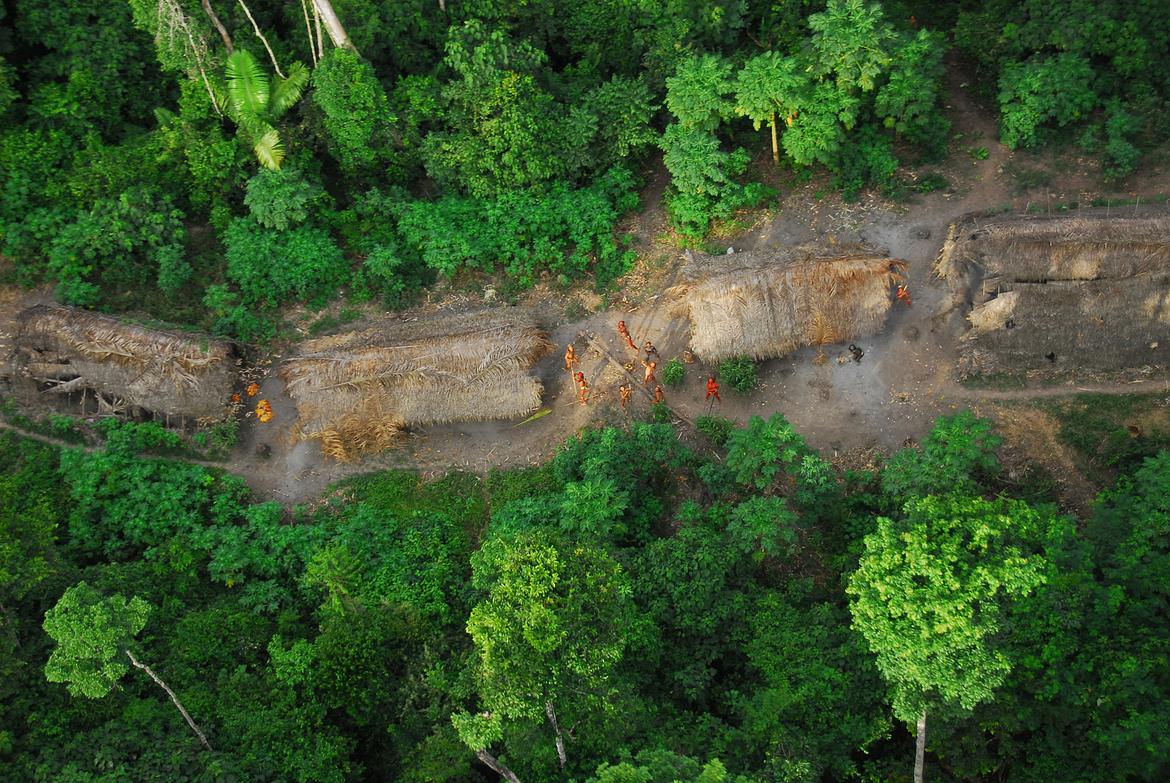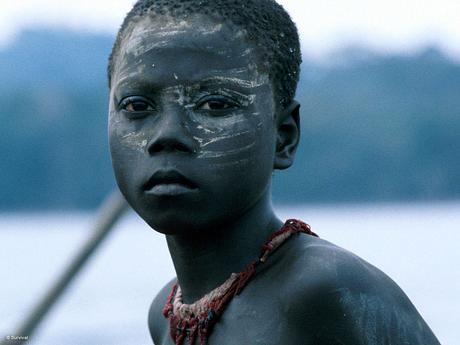First confirmed news on India's island tribes
January 2, 2005
The first authoritative reports are now coming in on the fate of the five isolated tribes of the Andaman and Nicobar Islands, hit hard by the Asian quake disaster. All appear to have survived. The more numerous Nicobarese tribe, however, has suffered huge loss of life.
The 270 Jarawa, who lived in complete isolation until recently, appear to have escaped unharmed. They almost certainly were living in the forest when the tsunami struck.
Most of the Onge, who live in two government-built settlements, fled to high ground as the sea level fell, and so survived. They are currently being supported by a neighbouring community in a school house. Their awareness of the ocean and its movements has been accumulated over 60,000 years of inhabiting the islands. The Onge had already suffered a disastrous fall in their population, from 672 in 1901 to barely 100 today.
Reports from overflights of Sentinel Island, home of the most isolated of all the tribes, the Sentinelese, indicate that many have been seen on the beaches. The Sentinelese fired arrows at the helicopter overhead. However, confident assertions by the authorities that all the Sentinelese have been accounted for are premature, as no-one has any idea of their population (estimates range from 50 – 250), and landing on the island is impossible.
No reliable reports have yet been received on the fate of the 41 Great Andamanese, but early indications are that they have survived more or less intact.
Similarly, there has been no reliable information on the fate of the 380-strong Shompen, an isolated tribe of Great Nicobar Island. It is hoped that, like the Jarawa, the fact that this hunter-gatherer people live primarily in the forests rather that on the coast will have helped them survive.
The sixth tribe of the islands, the 30,000-strong Nicobarese, have suffered much more. All 12 villages on one island, Car Nicobar, have been washed away, and many are feared dead. Unlike the other tribes, the Nicobarese are not hunter-gatherers but horticulturalists. They have largely converted to Christianity, and are much more assimilated than the other Andaman and Nicobar tribes.
Background: The Jarawa, Onge, Sentinelese and Great Andamanese are thought to have travelled to the Andaman Islands from Africa up to 60,000 years ago. The fact that the languages of the four tribes are mutually unintelligible indicate that they lived isolated lives on reaching the islands. However, their ways of life are similar – all are nomadic hunter-gatherers living from the forest and by fishing in the coastal waters. They have suffered terribly since the islands were colonized, first by the British, and later by India.
Survival's Andamans campaigner, Sophie Grig, who has visited the islands and is in close touch with contacts there, is available for interview. Tel 020 7687 8735 (office), or send an email.



